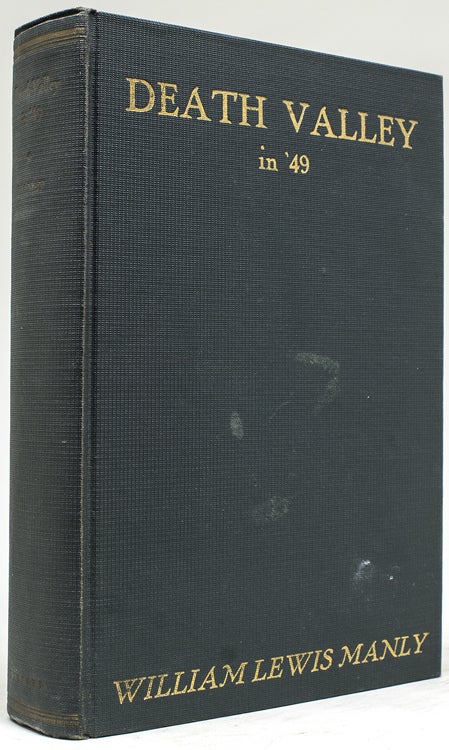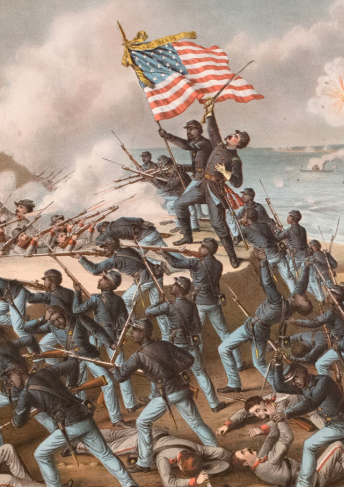
Inscribed to Western Artist John Edward Borein
Death Valley in ’49. An important chapter in California pioneer history … with foreword by John Steven McGroarty.
New York, Santa Barbara: Wallace Hebberd, 1894.
Price: $500.00
About the item
Reprint. Illustrated by Alson Clark. [xiv], [524] pp. 1 vols. 8vo. Inscribed to Western Artist John Edward Borein. Green cloth. Near Fine. Bookplate of Edward Borein, reproducing one of his drawings.
Item #220109
Ffep inscribed: “To Ed Borein / Who is leaving a true picture of the West for future posterity by his skill in producing etchings of actual happenings. / Dwight Murphy.”
Murphy was a noted rancher and breeder of palomino horses. He owned 7,000 acres of Snata Barbara’s Rancho San Marcos.
John Edward Borein (1872-1945), son of a California deputy sheriff, was sketching Western subjects at the age of five. Encouraged by his family to become an artist, he matriculated at a San Francisco art school, but left after a month to work as a cowboy. In this pursuit he became highly proficient, although, encouraged by his awed fellow cowhands, he continued to draw and sketch in his spare time and, in 1896, began to see his work in print. He eventually developed an enviable competence as a watercolorist, but gave up painting in oils when he compared his work--unfavorably--with that of his friend Charles M. Russell.
In 1906 Borein moved to New York to work as an illustrator, and studied etching--which would become a speciality--at the Art Students' League. It was this which set him apart from his peers in Western art, and nearly 400 of his etchings are recorded. Seeped in the history and allurements of the West, he returned to California permanently in 1919, and it is to his native state that much of his work relates. By the 1930s his watercolors, produced with sparkling, vivid colors and conveying a flavor of authenticity without pretension, were enormously popular; they number over 1,000 examples. He is known as an artist "who got the details right" and his readily identifiable personal style sets him apart from others who depict the landscapes, the inhabitants, the history, and the sun-drenched aridity of the American West.

